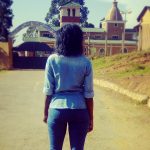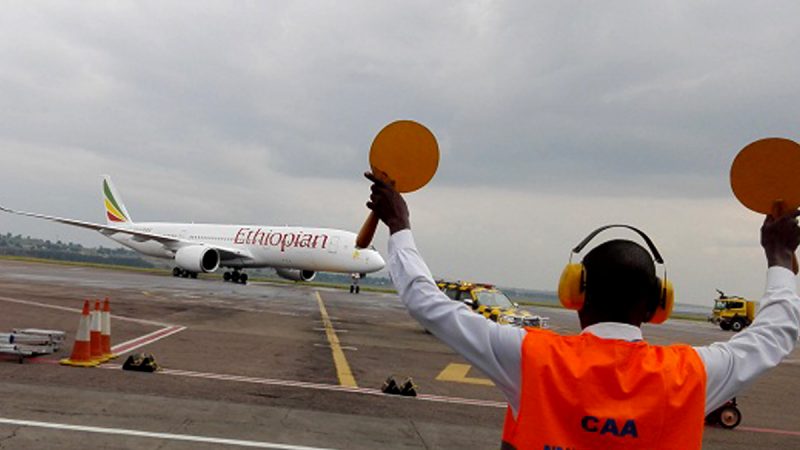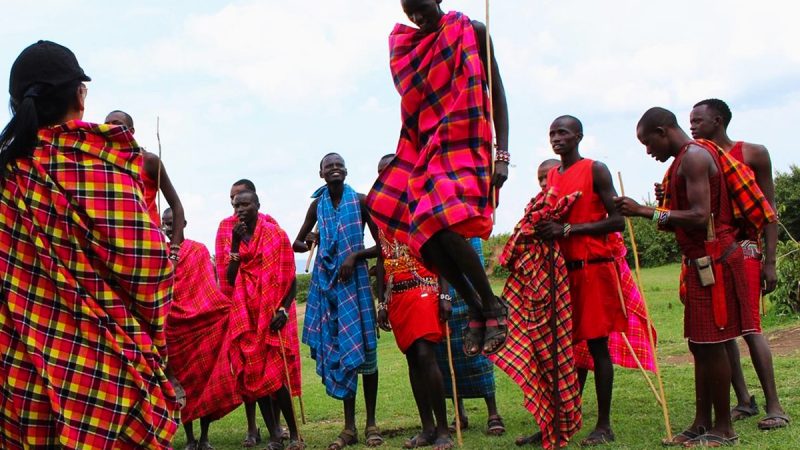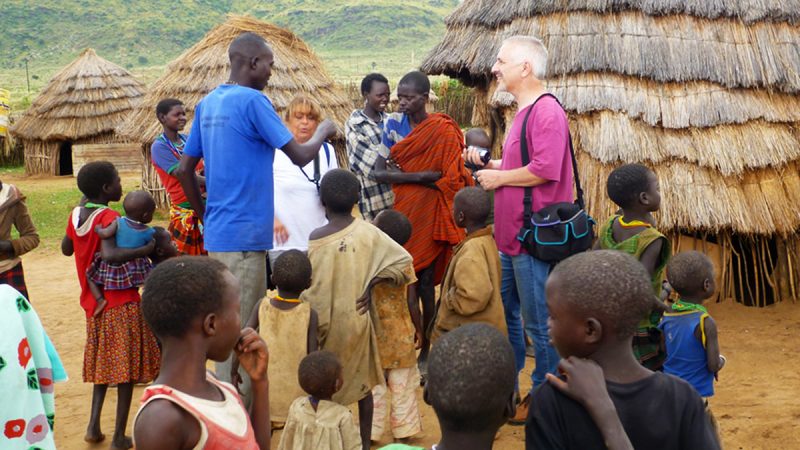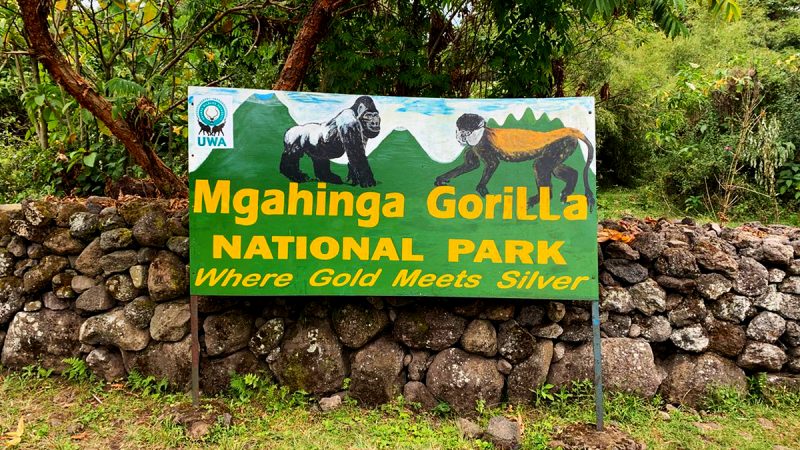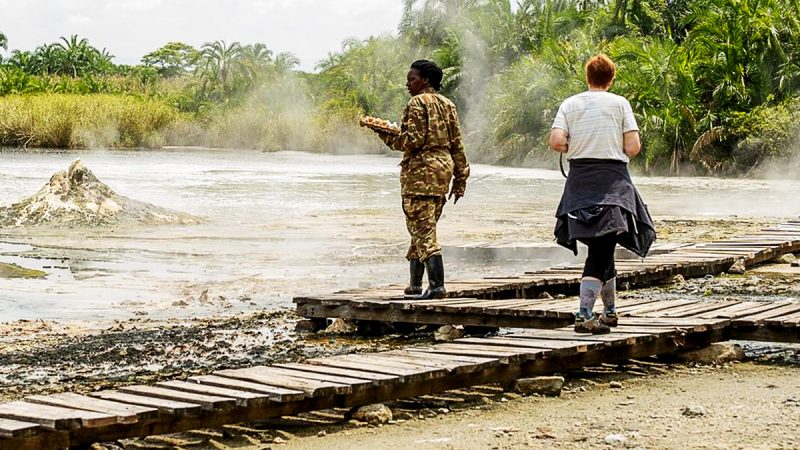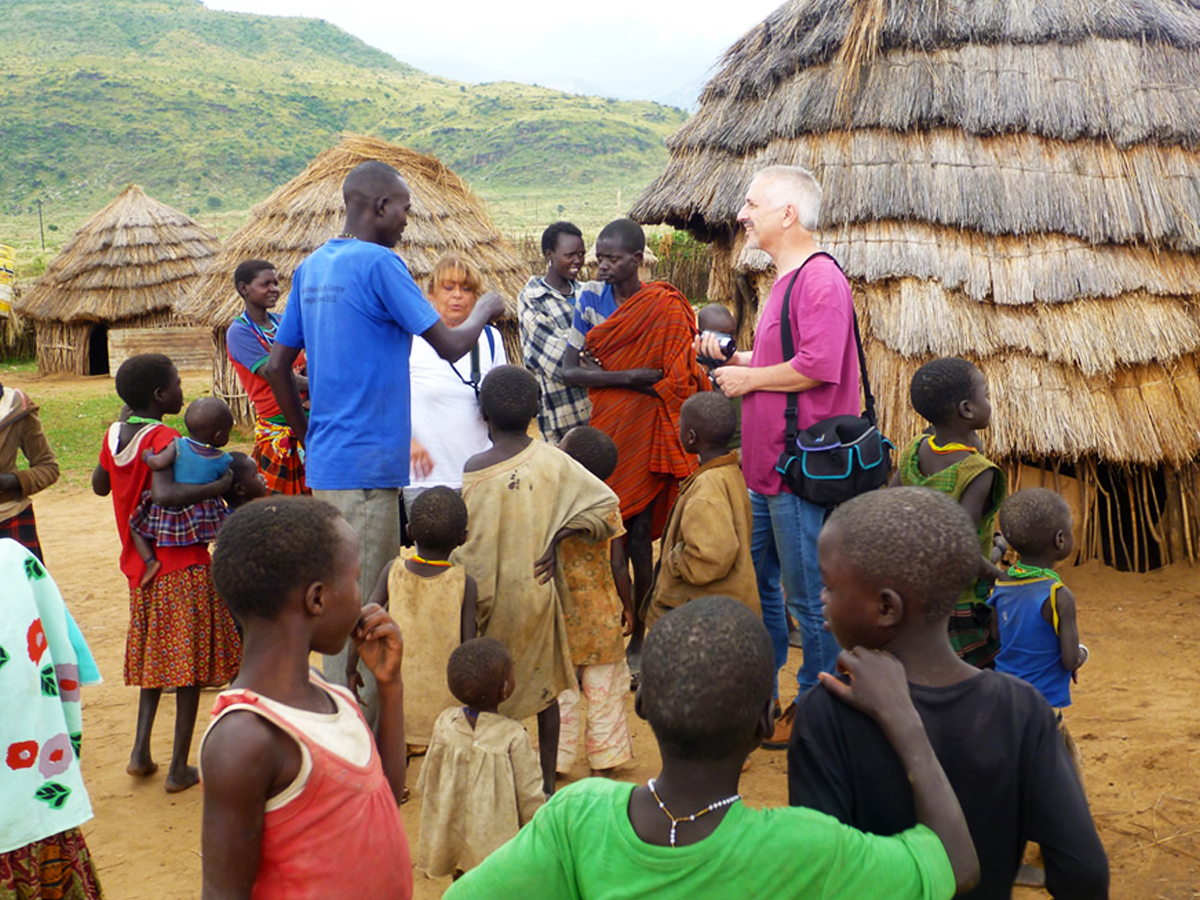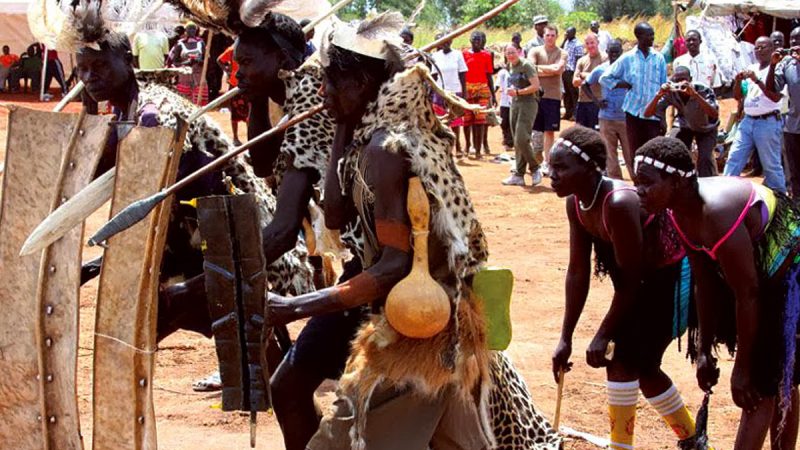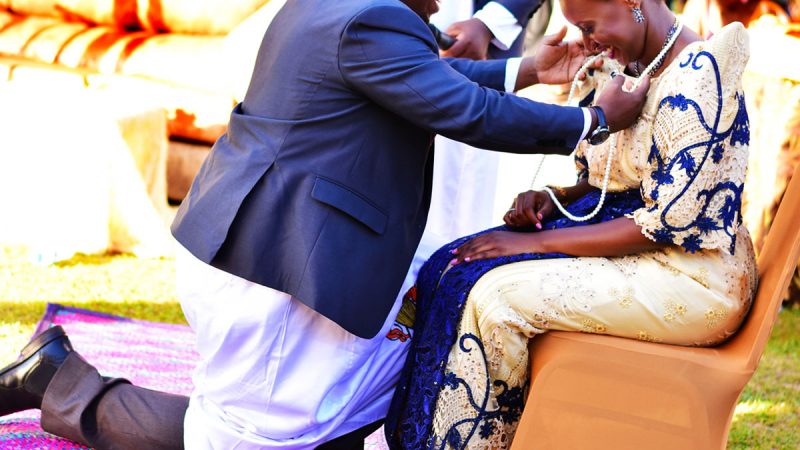Uganda today is divided into different regions that is the eastern region, the western region, central and northern region. To understand every culture is hard due to the fact that every culture varies with a particular tribe of which Uganda has over 56 tribes today and nine indigenous communities that came to be recognised in the 2005 constitution amendment.
The central, eastern and western regions are known to be inhabited by Bantu speaking people who have about 17 tribes however the east region is composed of different people who speak different dialects; the central region is known to be for Baganda specifically and it is the biggest region for one tribe. The western region has different tribes each with their own language and cultural traditions and these are the Banyoro, Batooro, Banyankole, Batwa, Bafumbira, Bakiga and Bakonjo.
Eastern Uganda has a diverse collection of Basoga, Bagishu, Bagwere, Sebei, Karamajong, Japadhola and Basamia of which most of these have chiefdoms except for the Basoga with a kingdom. Northern Uganda has been dominated by the Langi and Acholi tribes like the Ik but it also contains the Madi, Kakwa, Alur and Lugbara also organised around chiefdoms
BAGANDA FROM CENTRAL UGANDA
The Baganda who occupy the central part of Uganda formally called the Buganda province are the largest ethnic group in Uganda. They are Bantu speaking people and their language is called Luganda who occupy the present day masaka, Kampala, mpigi, Mukono, kalangala, mubende, Rakia and kiboga. The original Baganda are said to have been short, dark skinned with a district big and flat nose and these have always been under the leadership of their king called the Kabaka who is the most highly respected in the kingdom.
The Baganda had social classes ad that is to say the bakopi( serfs) at the bottom, the baami( chiefs), the highest class the balangira(princes) who also meant those with a royal blood highest being the Kabaka(king), the queen mother( namasole or nabijano or kanyabibambwa) then the nalinya popularly known as lubuga( royal sister) then the katikiiro and the kimbugwe.
The origins of Baganda is not clear for there are about four abundant traditions about Buganda’s origins however, historians today believe that by A.D 1300, the Baganda had moved to central Uganda from either the east or north east and these people are either hamites from Ethiopia or luo from Sudan however, there is another contrast that the Baganda could possibly have occupied Buganda from two main directions; one from Busoga in the east or from Bunyoro in the west of Uganda or from the central art of Africa where all the bantu speaking people are said to have originated from.
According to sir Apollo Kagwa, he says that the first Muganda was kintu and the moment he fell from heaven, he is said to have landed in Podi and therefore moved in kibiiro with his companions and finally came to settle in kyadondo. Religiously, the Baganda believe in small gods (balubaale) who have different names in accordance to their purposes like Ggulu as god of the sky, wamala for lakes, musoke for rainbow, kitaka for the earth and many others and these report back to the main god called katonda.
There were three main temples of Katonda in Buganda and all of them were situated in kyagwe however, every clan and big house hold was required to have a shrine at the back of the house for their Balubaale. The Baganda are divided in to different clans like Njovu, Lugave, Fumbe, Nkima and others and each of these had their main purpose in the kingdom like the Njovu clan who were the care takers of the three main shrines for Katonda and people of the same clan were not supposed to marry each other because they were believed to be relatives.
The Baganda today have lost their main culture and structure mainly because they have been able to assimilate other people many from Rwanda, Burundi, Ankole, Basoga and Toro to become Baganda over time and they are proud of it. The Baganda are generally proud of their society and are always happy to welcome those that are interested in joining them.
BANYANKOLE FROM WESTERN UGANDA
The Ankole kingdom is known to be one of the oldest dynasties which was created way back in the 14th century shortly after the Nilotic-Luo invaders of Bahr el Ghazal in south Sudan overthrew the Bachwezi dynasty in the empire of Kitara and later founded naming it Bunyoro Kitara under Ruhinda Rwa Njunaki the son of Wamala.
Originally, it was called “kaaro karungi” which means beautiful land and the word Ankole was adopted in 1901 after the signing of the Ankole agreement where the original Nkole was added to the former independent kingdoms of Sheema, Buhweju, Igara and some arts of Mpororo. The kingdom is under the leadership of Omugabe (king) who is assisted by Abakuru b’ebyanga (local chiefs) and enganzi (prime minister) and these are all supposed to come from the nobility clan. They are divided into two social classes; the Bahima (the nobility and pastoralists) and the Bairu (agriculturalists and the peasants). The kingdom of Ankole has been relatively small since 1888 under the leadership of Mugabe (king) where Kagarama hills seated its capital however it expanded by annexing some arts in the south and east.
The origin of the Ankole people is believed to be from the Hamitic myth possibly the Bahima who migrated from Ethiopia southwards however some scholars believe that Ankole was originally occupied by the Bairu who were agriculturalists and bantu speaking people however the pastoralists (Bahima) conquered the Bairu and claimed themselves leaders of the area. The Ankole people are called Banyankole because they speak Runyankore and they occupy the present day Mbarara which is their main city, Bushenyi, Ntungamo, kiruhura, Ibanda and Isingiro situated in western Uganda.
In Ankole, cattle is the most treasured possession in the life of every house hold especially the long horned cattle since it is resistant to disease and adjusts to any climate change. The idea of a supreme being in Ankole was Ruhanga (the creator) who lives in heaven just above the clouds. Due to intermarriage today, the Ankole people also live in the central and eastern part of Uganda and welcome everyone who is willing to take up their culture and they are very proud of themselves and hence the reason to the ranking of the Ankole people as of a higher status today.
BASOGA OF EASTERN UGANDA
Basoga have not had any history before until 1862 on the coming of john Hanning Speke who later wrote about them in his journal and referred to the as Usoga a Swahili word to mean Busoga. Originally, it’s believed that the Basoga people of eastern Uganda are of Baisengobi clan who bear their decency from Bunyoro however on the Bunyoro’s expansionist policy, Prince Mukama Namutukula from the royal Babiito family of Bunyoro trekked eastwards and settled in Iyingo located at the northern part of Busoga in the present day kamuli district.
However on his departure back to Bunyoro, he appointed his five sons as legitimate leaders since they were of a royal decency to oversee and employ the same governing skills like those of Bunyoro-kitala however, in the 19th century, colonialists persuaded them to form a federation which later became the Busoga Lukiiko although it was called a kingdom.
Unlike the western neighbours of Busoga the Baganda, Busoga did not have all powerful central figure head as a king or queen until 1906 and that’s why it’s still debatable to whether Busoga is a kingdom its self. Prior to this, Busoga had always been under the influence of Bunyoro as initially and later under Buganda and therefore was organised under semi-autonomous chiefdoms.
Today, Busoga’s central figure is a king (kyabazinga) and is seated on the regional Busoga council called the Busoga Lukiiko which is also a kingdom with the help of the queen mother and royal advisers as the advisers for the king, the minister called katikiiro, the princess called mumbedda and this kingdom consists 11 principalities. The kingdom consists of seven politically organised districts of kamuli, kaliro, iganga, bugiri, mayuge, Jinja and busiki however, they were initially five districts excepting the newly created districts of busiki and kaliro.
Religiously, the Basoga people of eastern Uganda believe in a Supreme Being katonda who is helped by the small gods as his helpers who are mukasa, musoke, kiwanuka and others and these are named after what they do. They are organised under cans and each clan is supposed to have a shrine to worship their gods except for one clan of balangira which is for a royal clan. The rest like Baisengobi, abalondo, abaise mugaya, abaise mwuse, kisuyi, mwasa, abasetta, ikoba, mugonza, ndego and many others.
KARAMAJONGS OF NORTH EASTERN UGANDA
Karamajong means “the old tired men who stayed behind” this was derived from a phrase “ekar ngimojong”. This is a tribe of fierce warrior pastoralists found in the north eastern corner of Uganda bordering southern Sudan and Kenya. Unlike the Baganda, Banyankole or Basoga who took u Christianity or Islam, the Karamajong still follow their traditional religion and believe in their God called Akuj. They believe that god Akuj gave them cattle and therefore all the cattle belongs to them.
A man’s value among these is measured on how many cattle he has and hence everyone lives for their cattle. Life in karamoja is communal where things are always done together. Men take as many wives as they can as long as you can pay their dowry which is cattle. Their marriage system is quite different from other tribes because a man is supposed to wrestle the woman he desires and if he defeats her, he gives in some cattle as dowry however in case he fails to defeat the woman, he will not be considered a man in the society until he gets a woman to marry, this is like the rite passage into manhood. In the daily life, while men go out for pasture for their animals, the women stay back in the manyatta to take care of the homestead and children.
Karamajongs migrated into this region in 1600 from Ethiopia and settled near mount Moroto hence the reason behind their language which has Nilo-Saharan Kalenjin roots which is the common family of languages in south Sudan, Kenya these formed the present Kalenjin and Masai cluster and Uganda. The Karamajongs are of a Nilotic background who are grouped into clans and by territorial sub groups which are the Bokora, the plain and the Matheniko and these follow the guidance of the elders and things are done according to democratic guidelines.
There are other different quite interesting cultures like Bagishu and their cultural circumcision, the Sebei and genital mutilation therefore for any interests, everyone should read more about Uganda and its prominent cultures and traditions. However, some traditions like female genital mutilation have been removed by the government since it’s dangerous to the lives of women and robes them off their rights.


